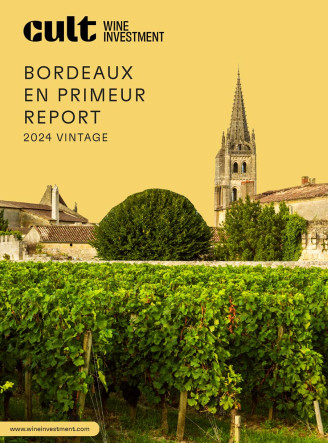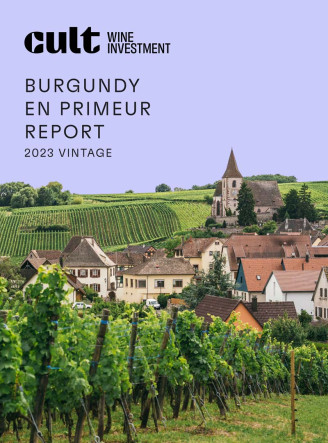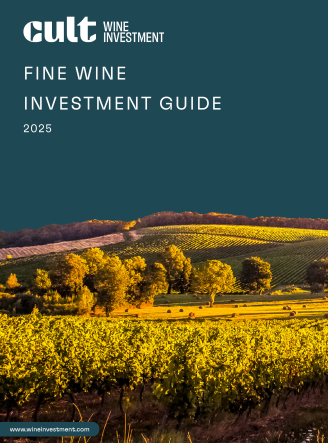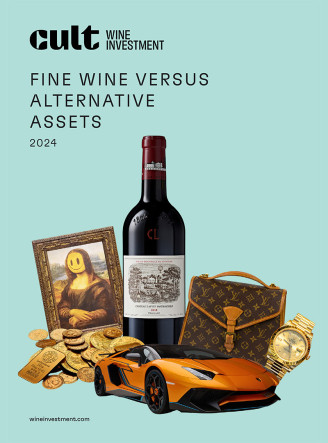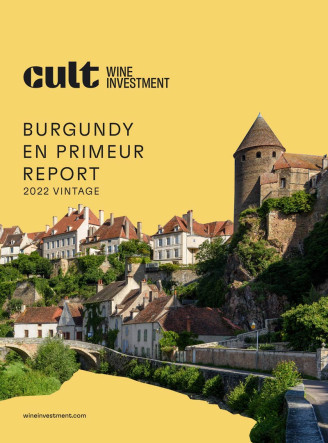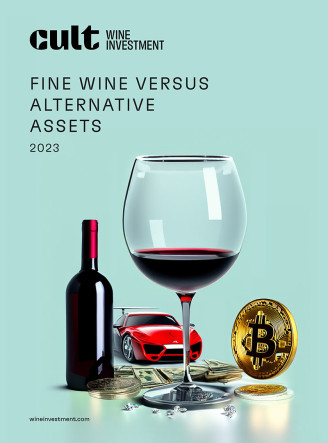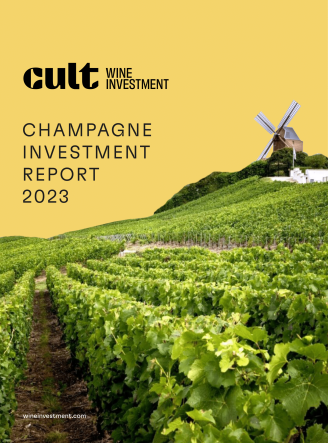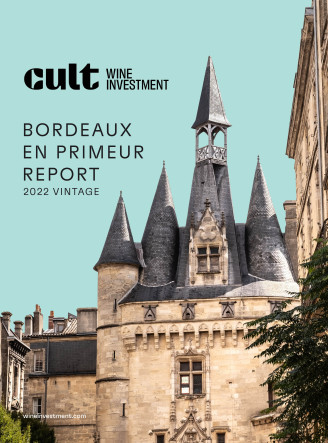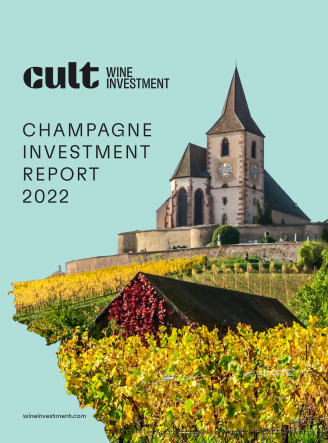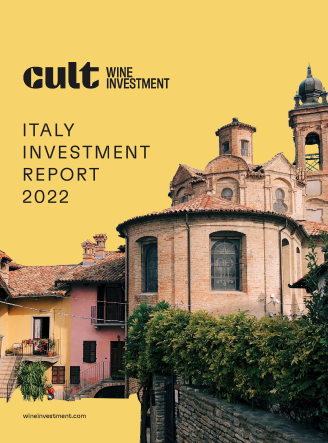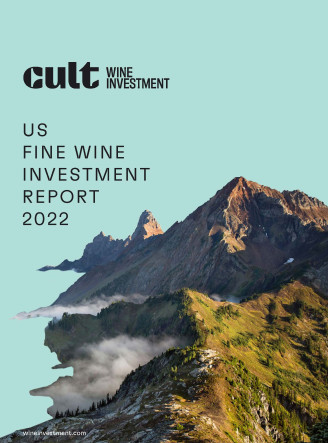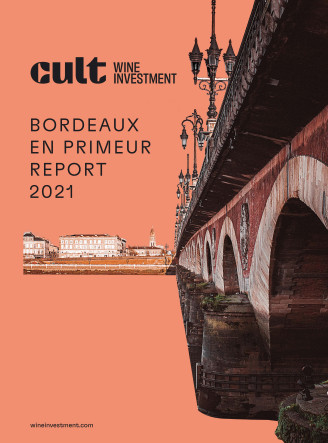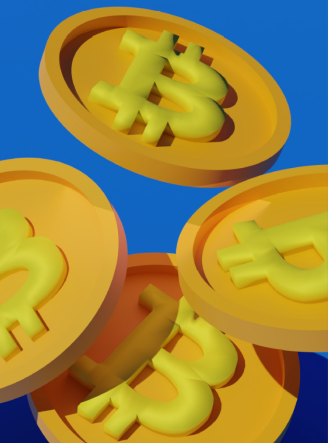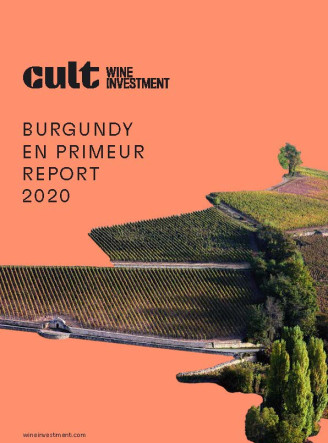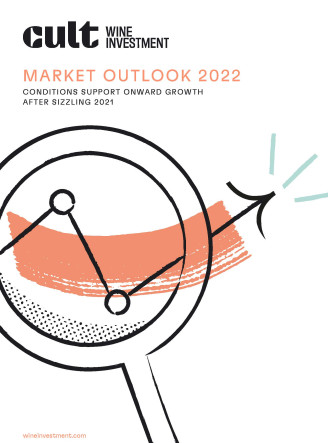Bordeaux En Primeur Report - 2024 Vintage
The Bordeaux En Primeur Report offers a clear and informed view of the 2024 vintage, combining detailed insight into wine quality, pricing strategies, and market context.
Burgundy En Primeur Report - 2023 Vintage
Our Burgundy En Primeur Report offers an expert insight into the 2023 vintage, analysing the quality, market trends, and investment potential of this year’s wines.
Fine Wine Investment Guide 2025
Explore fine wine as a tangible, tax-efficient investment, blending passion with portfolio diversification in today's economic landscape.
Fine Wine Versus Alternative Assets 2024
Explore the stability of Fine Wine as a smart investment beyond traditional and other alternative assets in today's uncertain times.
Burgundy En Primeur Report - 2022 Vintage
Our report on the Burgundy En Primeur 2022 vintage presents essential insights into its quality and availability.
Fine Wine Versus Alternative Assets 2023
Discover the potential of fine wine investments in a volatile market, offering stability, strong returns, and diversification.
Champagne Investment Report 2023
Our 2023 Champagne Investment Report explains why we view the current market as an excellent buying opportunity.
Bordeaux En Primeur Report - 2022 Vintage
Historic Bordeaux remains the bedrock of the global fine wine market. Improved relative value, the return of demand out of China, and low volumes could help improve the return potential of buying Bordeaux En Primeur. Our 2022 EP Investment Report outlines our approach to unlock the region’s potential.
Burgundy En Primeur Report - 2021 Vintage
Burgundy remains the king of the fine wine investment universe. The region’s wines have returned 97.7% since the beginning of 2018, including a 31.31% jump in 2022, according to Cult Wines Global Index. The 2021 vintage forms the latest opportunity to access the rewards of Burgundy. Download our Burgundy 2021 En Primeur Report to learn more.
Champagne Investment Report 2022
The Champagne party rolls on! The region’s prestigious wines have solidified themselves as a core component of a fine wine allocation with some of the biggest returns in recent years. Our Investment Report looks at this surging Champagne market by explaining our outlook and which producers we’re focussing on to sustain onward growth.
Italy Investment Report 2022
Now could be the right time to invest in Italy–the diversity of Italian wines and attractive relative value make this historic wine region a particularly appealing investment in the current backdrop. In this report, we delve into our outlook for Italy and summarise the trends in different sub-regions of one of the world’s greatest fine wine countries.
US Fine Wine Investment Report 2022
You may not have noticed, but US wines are quickly becoming a leading source of growth in the fine wine market. In this report, we summarise recent trends and explain why the US is one of the most dynamic fine wine regions.
Bordeaux En Primeur Report 2021 Vintage
Celebrating the producers and trends impacting Bordeaux En Primeur 2021. Written by our team of experts, we share our in-depth knowledge and appreciation for the wines of this legendary fine wine region.
The Alternative Wealth Report
A major new study by The Future Laboratory on behalf of Cult Wine Investment, The Alternative Wealth Report, examines the intentions of society’s wealthiest.
Burgundy En Primeur Report 2020 Vintage
Our Burgundy 2020 EP Report highlights why the Burgundy rally can continue and how to approach the region to maximise your return potential.
Fine Wine Investment Outlook 2022
Fine wine investments are on firm footing to kick off 2022. Our favourable outlook rests on fine wine’s stable track record and growing geographic diversity.
